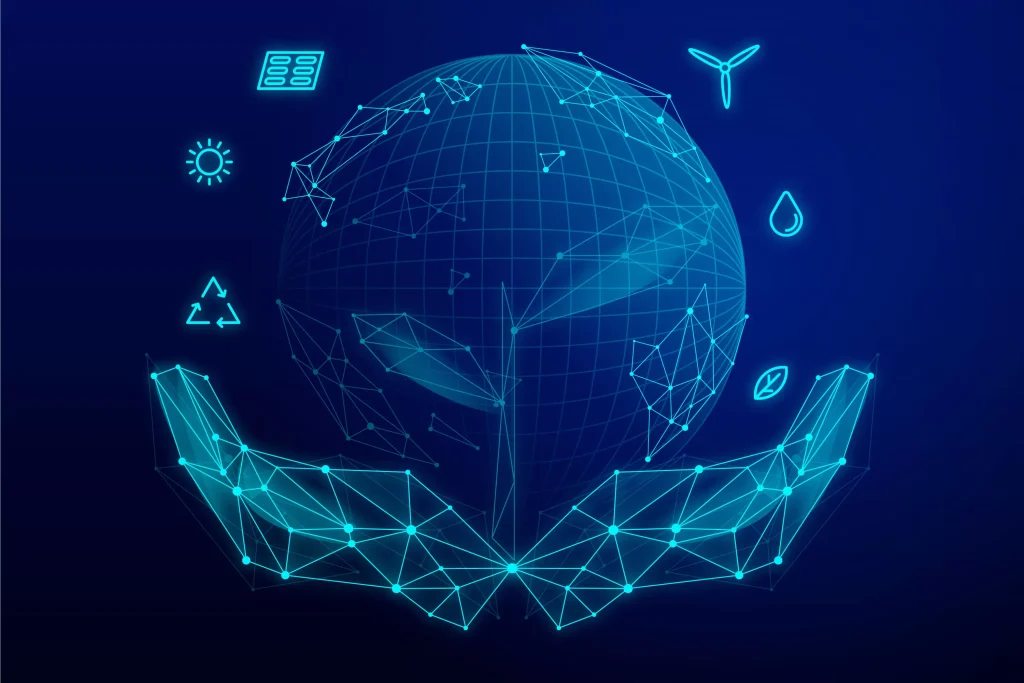Businesses across various industries build predictive models to discover trends, improve their processes, and make more informed decisions. They use historical data and statistical techniques to predict future outcomes, such as recruitment plans for human resource management or stock needs for better inventory management. Developing accurate models can be challenging and require in-depth knowledge and […]
The AI Journey at Infomineo: Pioneering the Future of Business Research, Data Analytics, Graphic Design and Translation
Since the start of 2024, Infomineo has embarked on an ambitious journey to integrate Artificial Intelligence (AI) into its core operations. This strategic initiative aims to enhance efficiency, improve decision-making, and establish a competitive edge in a rapidly evolving industry landscape. Why AI and Generative AI? AI technologies have emerged as pivotal tools in driving […]
Predictive Analysis Unveiled: Transforming Data into Future Insights
Data is the cornerstone of informed business decisions, and predictive analytics has emerged as a powerful tool in this regard. As a subset of data analytics, predictive analytics has gained significant traction for its capacity to forecast business outcomes, identify and mitigate risks, and guide companies toward increased revenues. The predictive analytics industry has already […]
Web Scraping Services: Why They Are Essential and How to Choose the Right Provider
Web scraping is a highly effective data extraction technique that employs software, commonly referred to as bots or scrapers, to extract large volumes of data from websites. You can configure this software to target specific data, such as pricing information, or to scrape all tangible data available on a site. including texts, images, and videos. […]
Mastering Advanced Data Extraction: Your Guidebook on Harnessing Web Scraping Tools
Web scraping has emerged as a powerful tool for businesses seeking to collect vast amounts of data and transform them into valuable insights. Companies can use diverse types of web scraping tools and select the most suitable option based on their specific requirements and the complexity of their projects. Data is crucial for informed decision-making […]
Leading the Green Wave: The Ultimate Guide to Choosing ESG Data Providers
Worldwide efforts to promote and implement processes, policies, and technologies that promote sustainable practices have increased in recent years. For instance, environmental considerations in the transportation sector have promoted the adoption of electric vehicles. Individuals are also increasingly conscious of the environmental impact of their carbon emissions, shifting toward energy-efficient home appliances and solar power […]
From Past to Present: Applications and Outsourcing Dynamics of Data Science Services
With the rapidly growing volume of data, it is no surprise that Data Science is one of the most sought-after services in the 21st century. The increased computing power available to businesses today, coupled with the proliferation of the Internet of Things, has led to a deluge of machine-generated information. However, while the initial conversation […]
Power of Data: Navigating Big Data Analytics for Business Excellence
Big data is primarily defined by three V’s: Volume, Velocity, and Variety. It involves analyzing massive volumes of datasets[U91] , coming at ultra-fast speeds (Velocity), from a variety of sources, including social media, sensors, and electronic financial transactions. Big Data Analytics is the process of inspecting, modifying, eliminating errors, and interpreting vast and intricate data […]
A Complete Guide On Data Engineering Services For Modern Businesses
We are introducing our in-depth guide to data engineering services. The main aim of this blog is to give you all the vital insights on how to use this modern technology for making improved data-driven decisions. Understanding it can be challenging for many businesses. Thus, we have added everything in simple language about how these […]
Business Intelligence Services: Navigating the Future of Data Analytics
How does a business make key decisions? In a business environment, decisions take place based on evidence and information derived through various operations. A company decides to expand its manufacturing facility to produce more goods when shifts in consumer demand indicate growth.In the same way, a business decides to discontinue its current marketing strategy if […]









